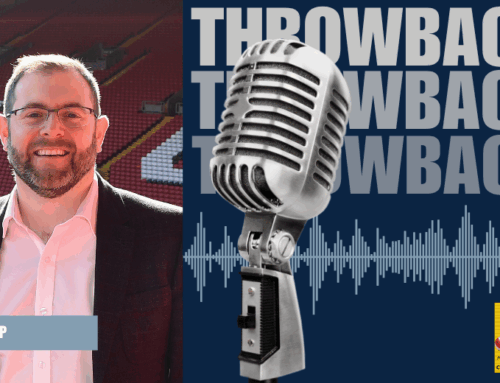This transcript has been lightly edited by AI
Sean: Yeah. And I think the other piece of pitching content and pushing out a content concept we've been using a long time, it sort of takes about six weeks for fans to catch on that you're doing something in a particular manner or releasing a particular series, and then form a habit around, “Yes, I want to consume that.” So there's that little bit of you've got to have faith in what you're doing, but you've got to give it a little bit of time to let the fan base see that it's a new thing. If you're just throwing out a new piece of content or trying something, if you haven't done it a couple of times, the fans haven't been able to attach themselves to it. So a little bit you've got to trust your gut and play that long game.
Jayne: Yeah, completely agree. And I think one of the things we've really shifted into is, “How do we create sort of content strands?” So thinking less about kind of one-offs. While there are moments where we may want to do that, how can we build out these strands that are recurring, whether it's weekly or potentially monthly? To your point, people get used to them and come looking for them, the audience. You're kind of training people what content they're getting on what platforms. But also one of the things that I've heard you talk about with others on the podcast is the commercial opportunity around that. Those become opportunities for partners that are far easier to monetize and can honestly have much stronger ties and be better assets, driving more value for a partner on those content strands that are recurring.
Sean: I like the word “content strands.” I'm very much if you can't name it, you can't sell it. So if you can say, “Hey, this is our so-and-so series,” then it makes it very easy for the commercial team to sell. But there is that case of you can prepare something and say, “This is what we're going to do,” and it can be sold, and then the content team can just start doing something, build out that asset, and then realize it's a really valuable asset either from an engagement point of view or a viewership or a fan passion point of view; they just really love it. Building out those content strands is a terrific way to build out those commercial opportunities. Again, you're 30 days into your role as content communications, where does your role fit in that working with the partnership team and getting some of those commercial opportunities out of digital?
Jayne: Yeah, we work really closely. And actually our Chief Commercial Officer is a woman that I used to work for at New York City FC. So we've worked together before and even worked together in different roles, but was also at the Garden at the same time. So we work really closely with them, everything from working with partners on the partnership marketing side on activating, but really I think for me it's, “How do we create content, how do we work with media in a proactive way so that we've got great assets for our partners? How do we figure out from a partner standpoint what are their goals and objectives and what might be the right fit within our assets or our platforms or content? And how do we create things that become really valuable?”
That's something that I've already started to work on and I think will continue to be an area for folks in the digital world on the team side where more and more time is spent. Because I think it's what partners are looking for, more and more asking on the digital and particularly in content now.
Sean: And I think the advantage you have, 30 days in, you're new in the role, you get to effectively ask the question, “Why are we doing this piece of content? Who is it for? Has anyone talked about commercializing it?” Because you're coming at it fresh, with fresh eyes. You can see something that potentially has that slight tweak of, “Here's all the content we're doing, it's great content, and here's the partnerships that we're doing,” but you get to be the fresh voice in the room?
Jayne: Yeah, that's what's been great, people have been really open to those ideas.









